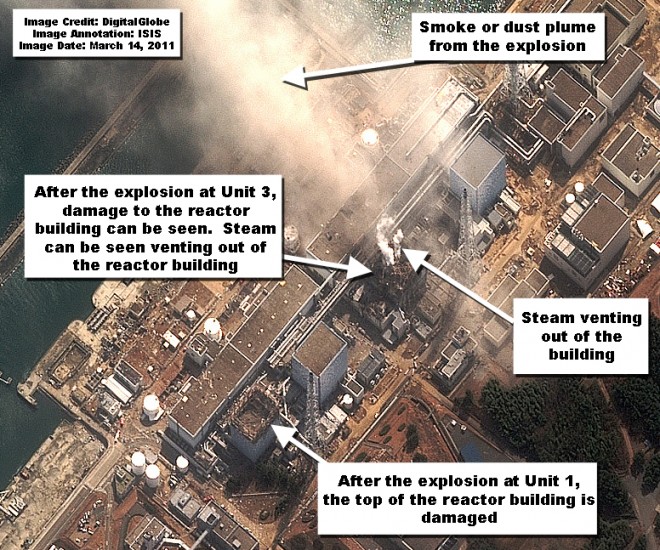After many citizens complained of faulty radiation readings by local governments, Japan is now testing for airborne radiation at one meter (3.2 feet) high, and at more than one location per city/town.
What happened was that citizens groups were conducting radiation readings on their own (you see; never trust the government). Their readings were much worse than many official readings by local governments. The citizens were taking readings closer to the ground. In Tokyo, air borne radiation readings were being taken at only one location, on top of a 19 meter (62 feet) tall building. Many cities across Japan varied their testing height from 1.5 meters to as high as 80 meters off the ground.
Today, 15 June 2011, Japan’s science ministry started taking readings at one meter high, in 100 locations across Japan. The results are important: Already they’ve found, in several prefectures, that radiation levels, taken at one meter in height, are twice the levels taken at higher sampling sites.
Citizen groups pointed out that air borne radiation testing should be done at a height where humans activity takes place. Looks like the People are correct.






